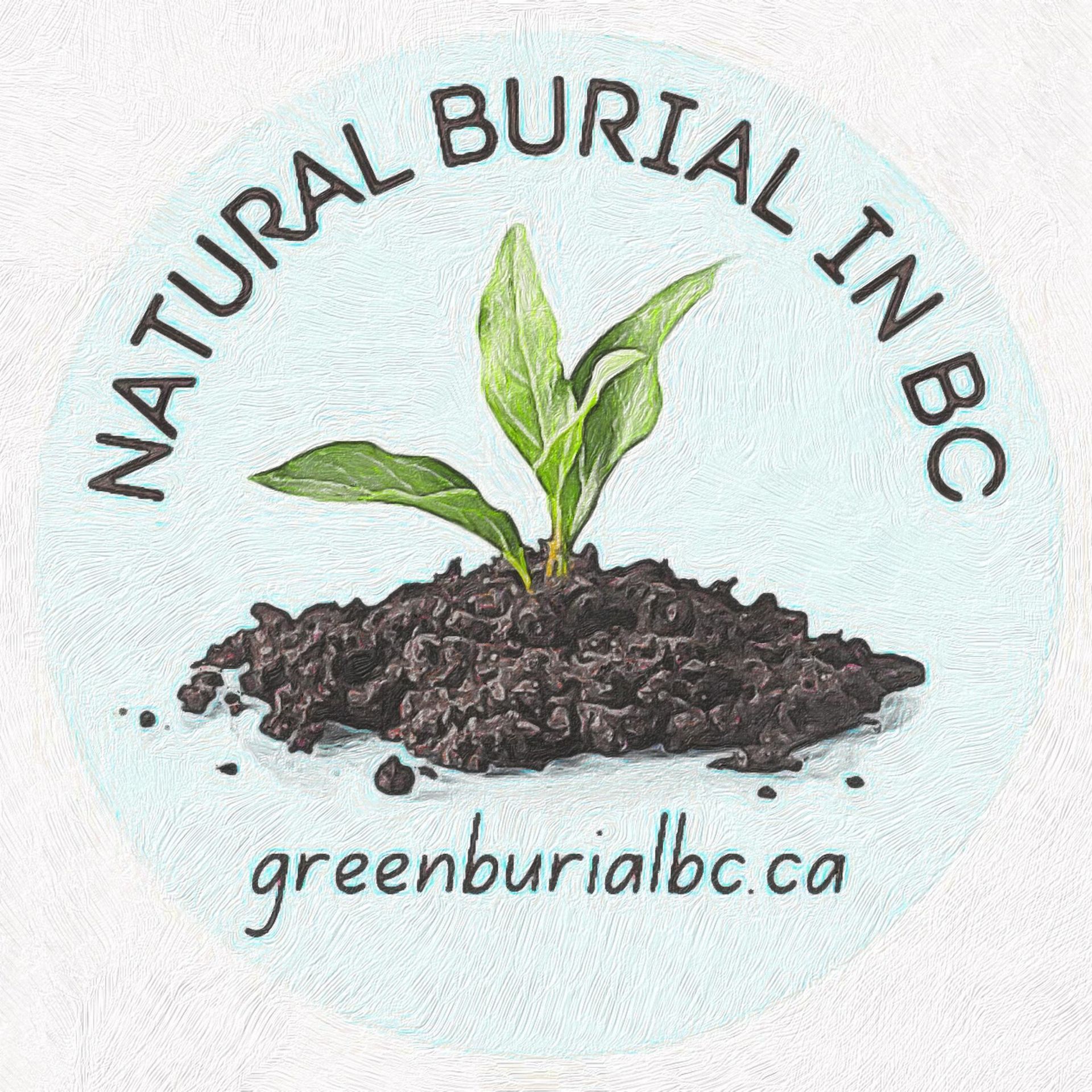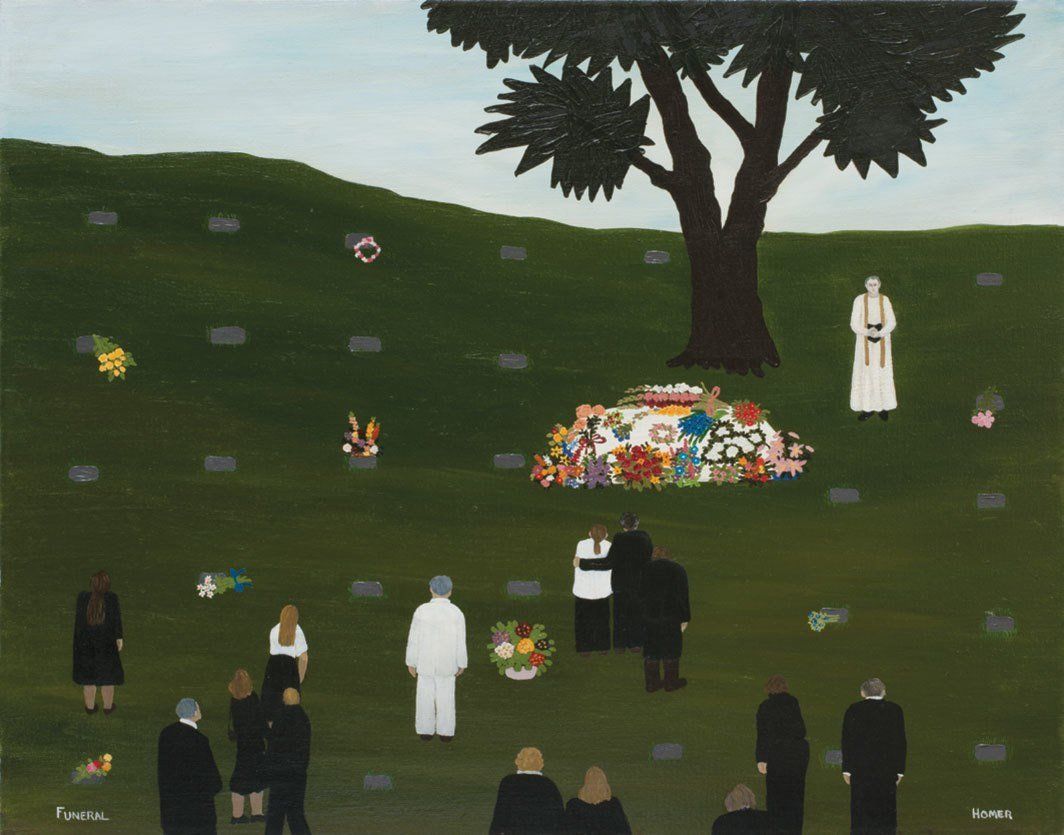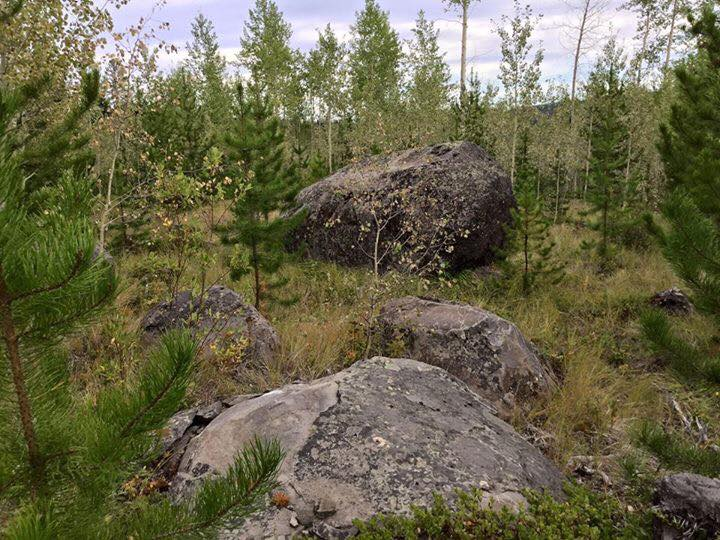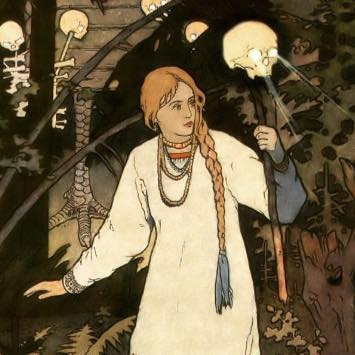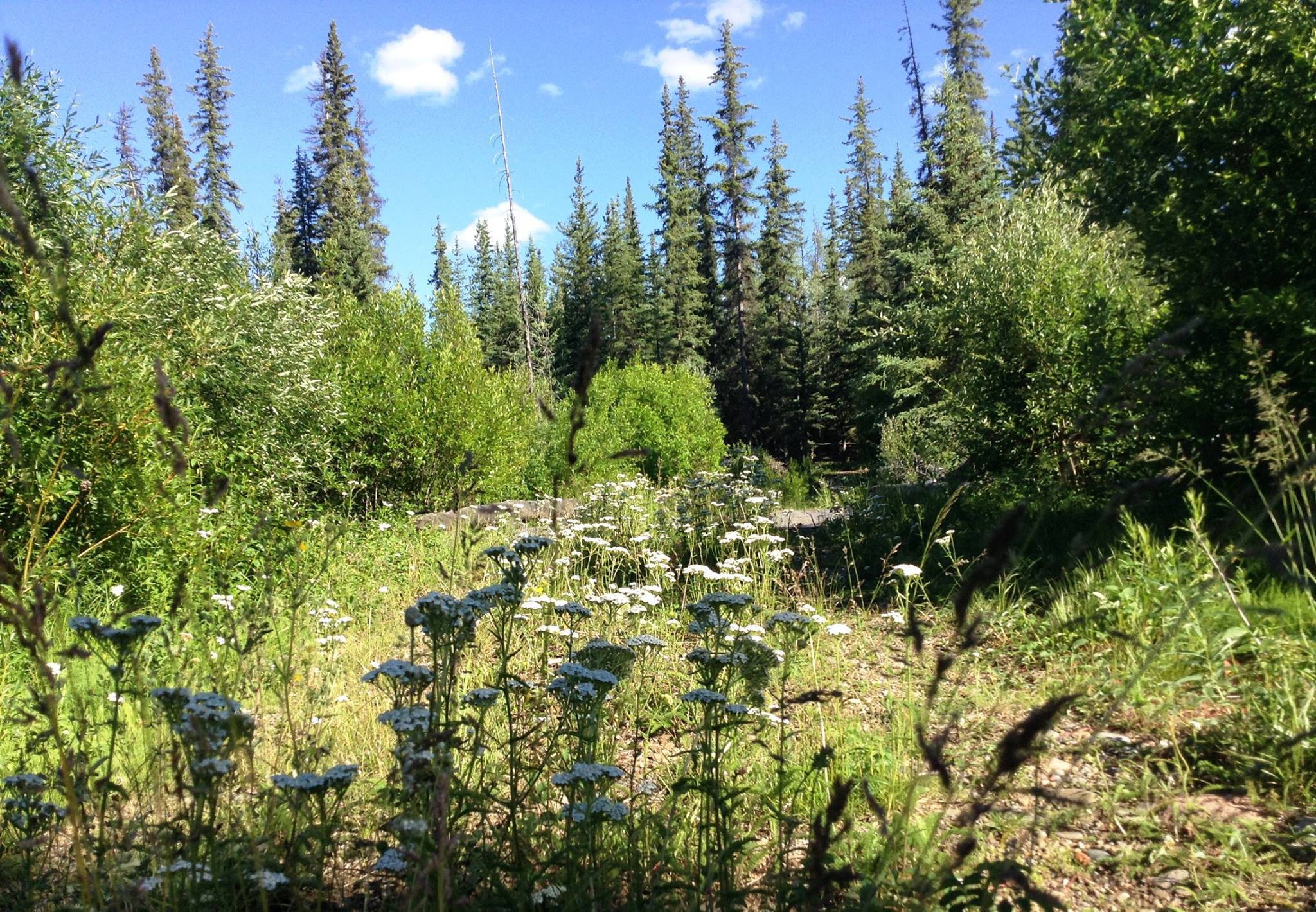Giving our Bodies to the Earth as Directly as Possible.
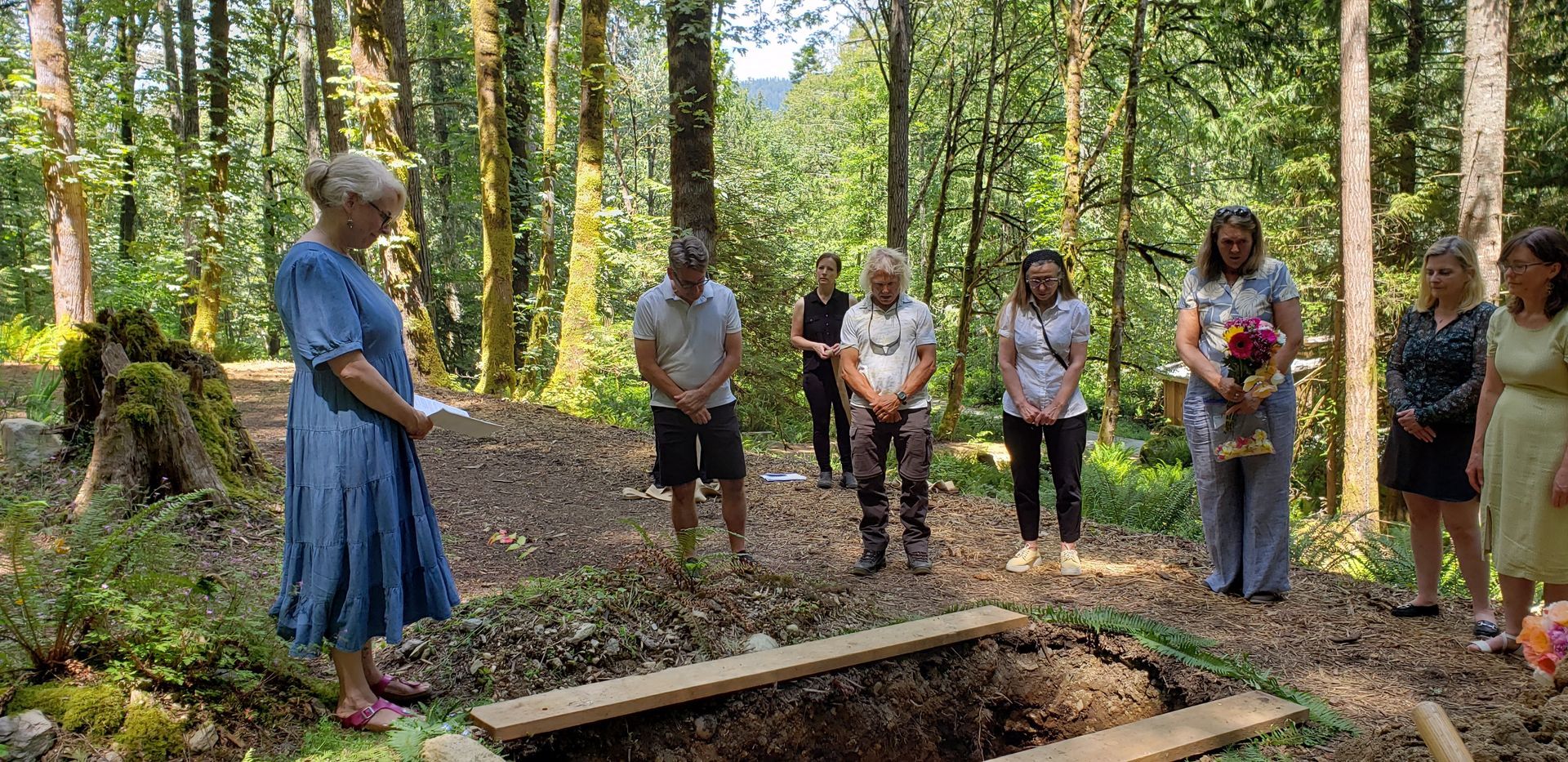
Mary Oliver wrote, "Doesn't everything die, at last and too soon?"*
Our people die. Our animals die.
And then there is the body.
There are all the other things too: grief, relief, paperwork, clean up, ceremony, family, finances; but most immediately, the physical body of our dead must be taken care of.
In Funeral Services it’s called ‘Final Disposition or Body Disposition’ which implies that we are disposing of the body of our beloved person. Like so much trash.
Perhaps, as Walt Patrick of Herland Forest says, we could approach this sacred task as ‘the transformation of a body into the basis for renewed growth.’
Natural (Green / Conservation) burial is how we can accomplish that. Giving our bodies to the earth as directly as possible.
Most of us know in our bones what it means to have a natural burial. We aren't so far removed from a time when it was just called burial. A simple, direct, placing of our loved one in a pine box (probably made by the family or community), a walk to the graveyard (often on the family farm) and a grave (dug by strong backs). There would have been time spent with the deceased at home, time to wash and dress and tend to the person who was alive such a short time ago. Time to process the passing. Time to gather, and time to say goodbye.
While most of us these days are choosing cremation (almost 90% in BC,) we also desire a place of remembrance. Somewhere our loved one's ashes can buried or scattered, somewhere we can return to, somewhere beautiful in nature – a place to visit, to walk, to remember. We don’t have to resort to soulless columbarium’s that look like community mailboxes. Most Natural Burial Grounds are accommodating ashes in an ecologically beneficial way.
A natural burial is not going to be everyone's choice, nor should it be. What happens to our bodies once we're dead is personal, but it matters. Natural burial should be an easily accessible option to anyone in the province who wants it. Natural burial grounds could be encouraged as our municipal cemeteries fill and need expansion.
We could reopen some of our pioneer cemeteries to embrace green burials.
We could change the laws in BC that say we can’t have a family plot on our own land, at least not without considerable expense and mind-boggling bureaucracy.
Natural burial grounds could ease the burden of having to build more and more facilities to ‘dispose’ of our dead no matter how ‘environmentally friendly’ those disposition methods might be. Facilities, equipment, power, fuel, water, maintenance; little of that is necessary if we simply return to the basics.
Dig a hole where the land needs nourishment.
Lay down a bed of moss and wildflowers.
Bury our beloved dead.
Naturally.
*The Summer Day. By Mary Oliver
Published in "Local Dirt Magazine" an annual print and online magazine in the Cariboo Region, packed with stories and info about local destinations, food, farms, producers, ranches, and so much more!" In this Summer 2024 issue, the 'so much more' includes my article on Natural Burial. Read it online and be sure to check out the other great articles.
https://heyzine.com/flip-book/7b6db648eb.html#page/26
